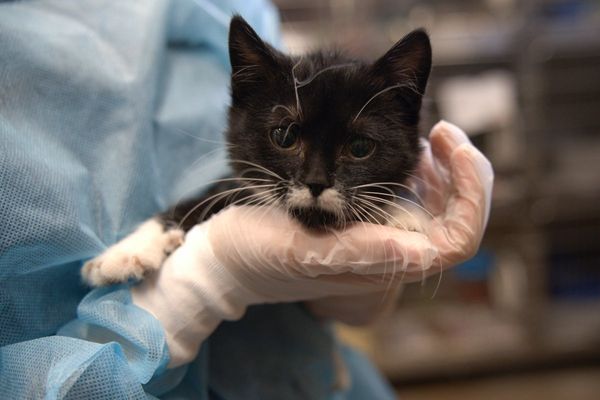Being world number one in any sport brings plenty of perks.
Fame, money and privilege are all benefits that arrive with becoming the world’s best tennis player but there’s another perk that not all world number ones put to use, yet the ones that do are eternally grateful to have it at their disposal.
That perk is preferential treatment in doping cases.
It’s something that Jannik Sinner has benefited greatly from in recent months.
Over the past year, Sinner’s rise has been one of the stories of the tennis world.
His ascent towards the very top of the game came into focus last year when, in December, he led Italy to their first Davis Cup triumph in almost fifty years.
Then, in January of this year, he won his maiden grand slam title with victory at the Australian Open before following that up by becoming world number one in June.
With the breakup and the imminent end entirely of the sport’s “Big Four”, Sinner has been hailed as the future of tennis.
Sinner’s recent rise to the top of tennis has made the news this week of his doping failures all the more shocking.
It’s been revealed that in March, the Italian twice tested positive for clostebol, which is a steroid that can build muscle mass, during the India Wells tournament.
A provisional suspension was imposed on Sinner but, after quickly challenging it, the Italian was permitted to almost immediately resume playing.
Sinner’s explanation for the substance being in his system was that his physio applied an over-the-counter spray, which contained the banned substance, to a cut on his hand which, when he was treating Sinner, entered the player’s system.
The test results showed only miniscule amounts of the substance were in Sinner’s system which, while not definitive, do back up Sinner’s account of things.
The International Tennis Integrity Agency (ITIA) accepted Sinner’s explanation and that the doping violation was not intentional, and although he was stripped of prize money and ranking points from Indian Wells, in which he reached the semi-finals, he was cleared of fault and was able to continue on tour as normal.
That’s all well and good and although doping cases are rarely clear-cut, it’s not a huge leap of faith to accept on face value that the court’s ruling is correct.
What is hugely contentious is how Sinner’s case was dealt with.
No two doping cases are ever exactly the same but in similar cases to the Italian’s, players have tested positive and have been immediately suspended, only being able to resume their careers when the investigation was complete which is sometimes months or even years later.
This is in marked contrast to Sinner, who was able to continue playing – and winning - while the investigation into his positive test, unbeknownst to almost anyone else, continued in the background.
The one difference in Sinner’s case compared to almost every other comparable doping case in tennis in recent years?
He’s the world number one and a star of the sport.
And it’s this that seems to have coloured how he was dealt with over the past five months.
The thing with anti-doping is that it’s not only a case of justice must be done, but justice must also be seen to be done.
In this case with Sinner, justice may be done in that it is entirely plausible that clostebol entered his system in the way he claims and so he’s entirely innocent of any doping offence. But regardless of the truth of his explanation, the way his case has been handled means justice is absolutely not being seen to be done.
There are few who believe Sinner has been treated in the way every other professional tennis player would be treated – indeed, former top-10 player, Denis Shapovalov wrote on social media: “Different rules for different players”.
It’s hard not to deduce that Sinner’s favourable treatment is because he’s the world number one and for it to be made public that the sport’s top player was being investigated for doping is an absolutely terrible look – an existential crisis even - for the sport, regardless of the ultimate outcome.
If I had to put money on it, I’d wager that Sinner probably is a clean athlete and that his explanation for how and why clostebol is in his system is legitimate.
I think most people, especially those who follow tennis closely, aren’t rushing to call the Italian a drugs cheat, and believe he’s clean.
But in so many ways, that’s not actually the point here.
The point is that Sinner’s positive tests – and remember there were two – were hidden and covered up and investigated clandestinely rather than transparently, which, of course, is what should have happened.
What will be interesting to observe over the coming weeks and months will be how this ultimately pans out.
The US Open – the final grand slam of the year – begins tomorrow and Sinner is the top seed and tipped by most to go deep into the tournament.
A prolonged run means he will be in front of the media multiple times.
The only way for the murkiness of this case to be cleared, at least in part, is for Sinner to answer every question that’s asked of him in New York.
Yes, that will be draining and it’s far from ideal for someone who’s trying to win a grand slam title.
But it’s part of the responsibility of being the world’s top male tennis player.
As has been revealed this week, there’s plenty of perks that come with such a standing, so it’s time for Sinner to accept one of the downsides too.







